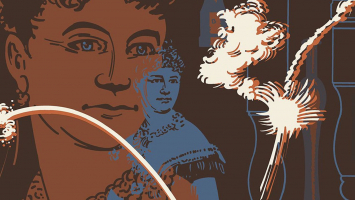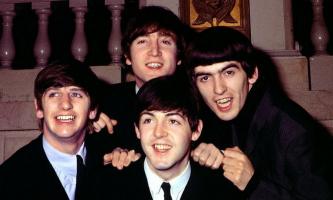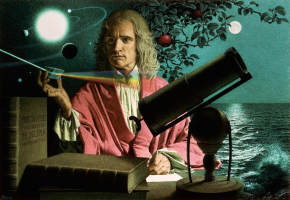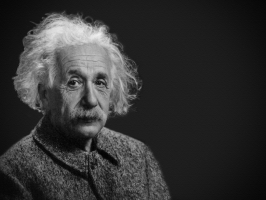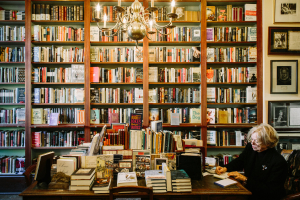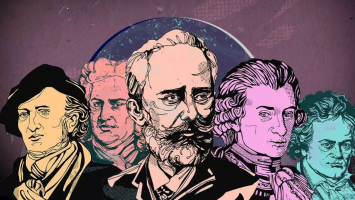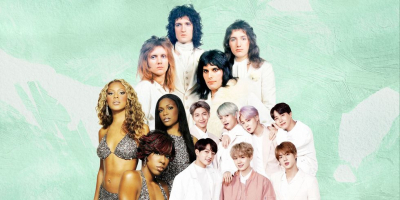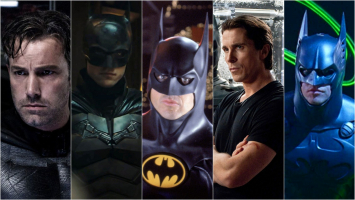Top 15 Greatest Painters Of All Time
The greatest painters of all time are not just for their technically proficient, but these artists have all made vital contributions that have transformed ... read more...Western civilization. Let's find out the Top 15 Greatest Painters Of All Time below to have more information!
-
Leonardo di ser Piero da Vinci (15 April 1452 – 2 May 1519) was an Italian polymath who worked as a painter, draughtsman, engineer, scientist, theorist, sculptor, and architect during the High Renaissance. Despite having many incomplete works and less than 25 significant works ascribed to him, he created some of the most important paintings in Western art.
Leonardo da Vinci is recognized as one of the greatest painters in history and is often regarded as the originator of the High Renaissance. His greatest masterpiece, the Mona Lisa, is often recognized as the most renowned painting in the world. The Last Supper is the most widely reproduced religious picture in history, and his Vitruvian Man drawing is a cultural symbol. Salvator Mundi, a painting ascribed to Leonardo in whole or in part, was sold at auction for US$450.3 million in 2017, breaking the previous record for the most expensive artwork ever sold at public auction.
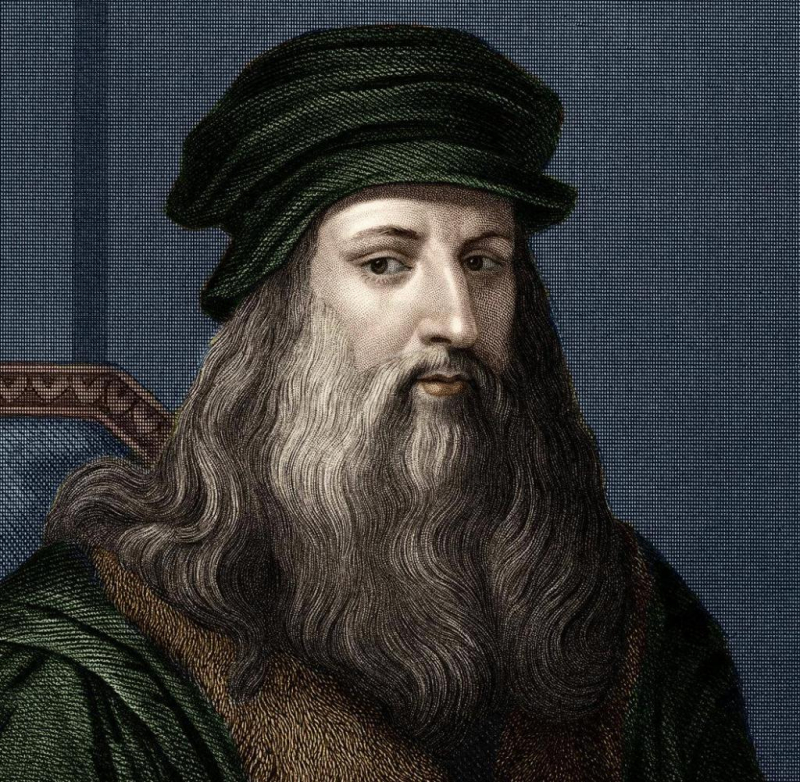
Leonardo da Vinci 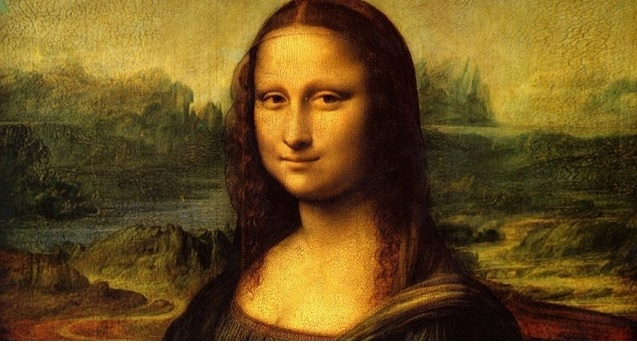
His greatest masterpiece, the Mona Lisa -
Michelangelo di Lodovico Buonarroti Simoni (6 March 1475 to 18 February 1564) known simply as Michelangelo, was an Italian sculptor, painter, architect, and poet of the High Renaissance. His work had a great effect on the evolution of Western art, particularly in regard to Renaissance concepts of humanism and naturalism. He was born in the Republic of Florence.
Michelangelo was known as Il Divino throughout his lifetime ("the divine one"). His contemporaries praised his terribilità—his capacity to inspire awe in those who saw his work. Though just a few Michelangelo paintings have survived, those have been widely regarded as among the greatest in the world. Both the Sistine Chapel Ceiling and The Last Judgement, which continue to inspire painters today, demonstrate his ability to swiftly grasp fresco painting and push it to new levels.
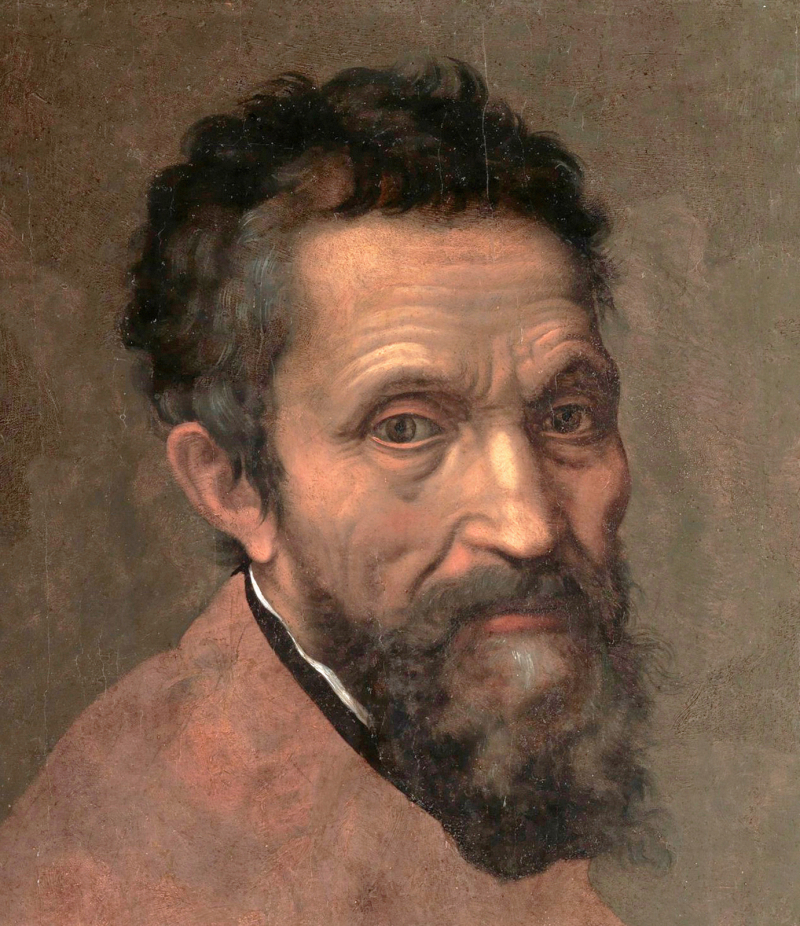
Michelangelo 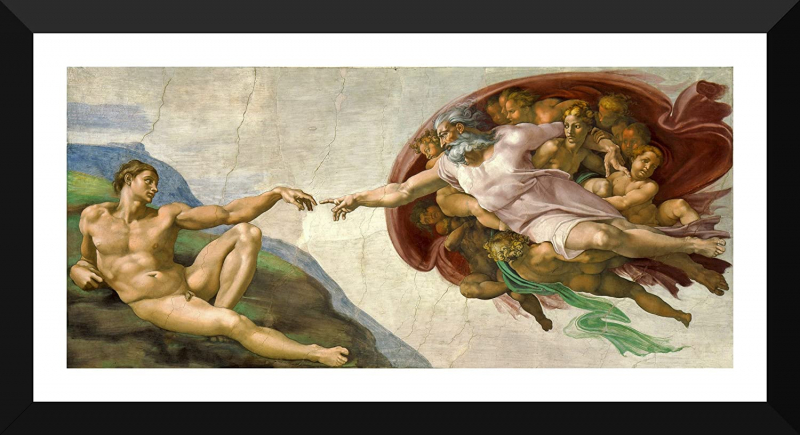
Michelangelo's painting -
Artemisia Lomi (8 July 1593 to 1656) often known as Artemisia Gentileschi, was an Italian Baroque painter. Gentileschi is regarded as one of the most outstanding seventeenth-century painters, having begun her career in the Caravaggio style.
Baroque painting powerhouse was also one of the first female painters to achieve tremendous recognition. Artemisia Gentileschi was producing professional work by the age of fifteen. Artemisia Gentileschi painted energetic and explosive paintings with her distinctive chiaroscuro and vivid colors during the 17th century. While her work was frequently eclipsed by her Baroque counterpart Caravaggio, her great ability and significance as a pioneering female artist have come to be recognized through time.
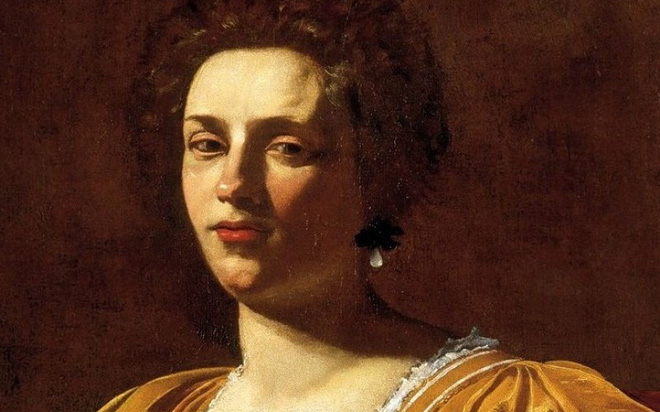
Artemisia Gentileschi's painting 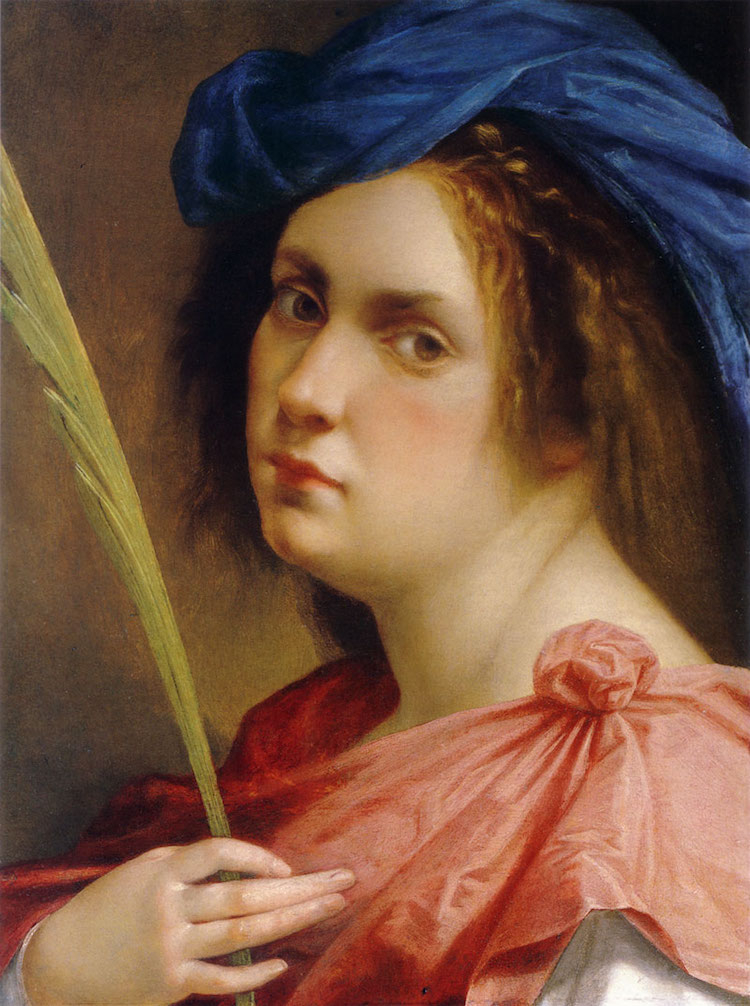
Artemisia Gentileschi's painting -
Rembrandt Harmenszoon van Rijn (15 July 1606 to 4 October 1669) was a Dutch Golden Age painter, painter, and draughtsman. He is widely regarded as one of the greatest visual artists in the history of art and the most significant in Dutch art history.
Rembrandt was the dominant force in Dutch art for most of the 17th century, drawing everything from genre scenes to landscapes to epic historical and mythical works. His refined and expressive approach to painting, as well as his excellent use of light, have made him a favorite among art lovers to this day. Look for his portraits or Bible illustrations if you wish to view his work in person, as these are among his most well-known.
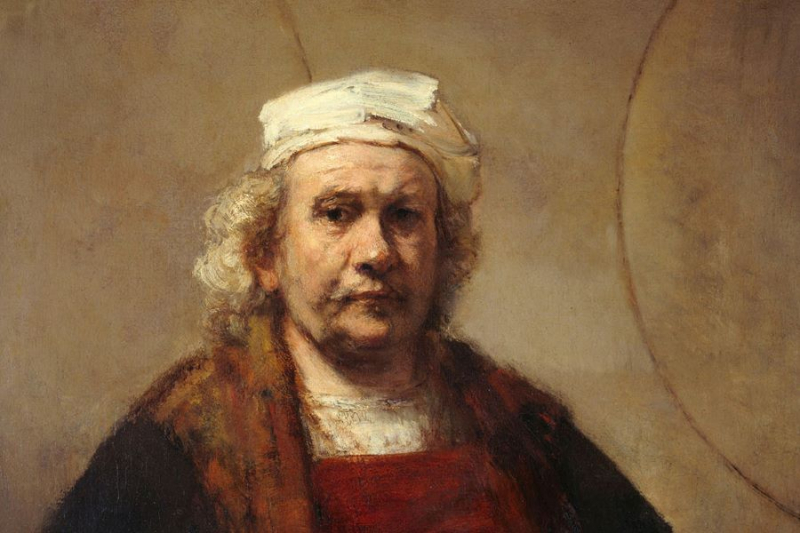
Rembrandt van Rijn 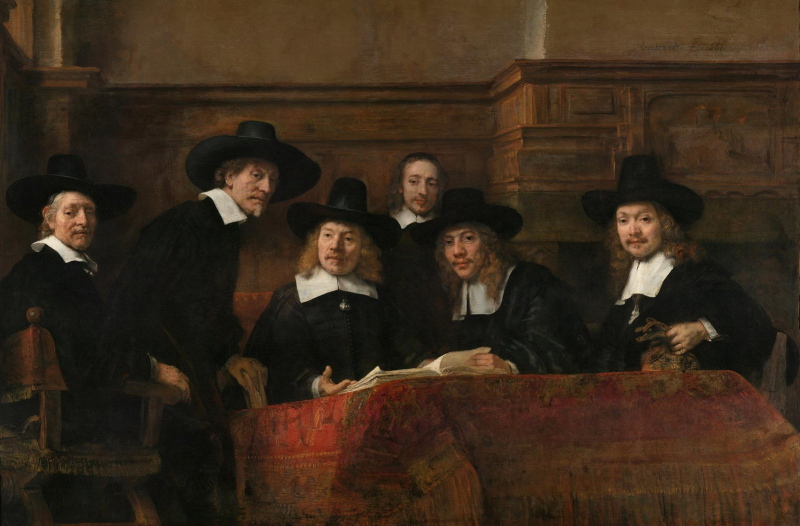
Rembrandt van Rijn's painting -
Joseph Mallord William Turner RA (23 April 1775 to 19 December 1851) also known as William Turner, was an English Romantic painter, printmaker, and watercolorist. He's recognized for his vibrant colorizations, innovative landscapes, and tumultuous, often violent sea paintings.
JMW Turner is regarded as a predecessor of modern art. Turner began striving for realism in his work, which was unheard of at the time, after coming from traditional Neo-classical painting. He experimented with light, color, and brushwork in hundreds of watercolors and oil paintings. He even worked on his oil paintings outside, which influenced the Impressionists later on. More than 550 oil paintings, 2,000 watercolors, and 30,000 works on paper were among his works.
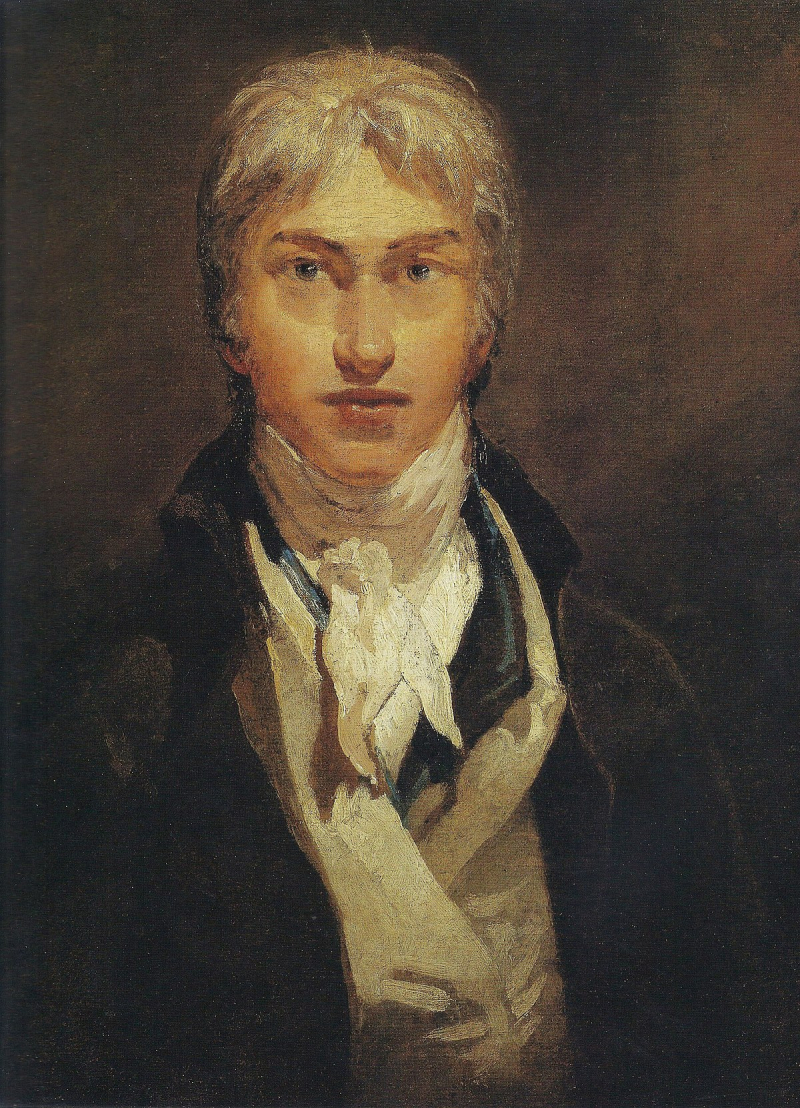
JMW Turner 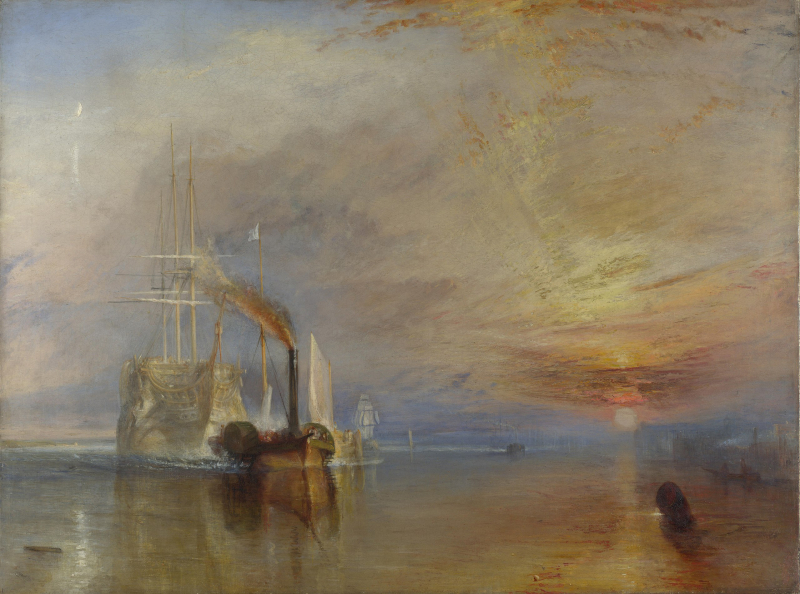
JMW Turner's painting -
Vincent Willem van Gogh was a Dutch Post-Impressionist painter who became one of the most renowned and important artists in Western art history after his death on July 29, 1890. He made around 2,100 artworks over the span of a decade, including around 860 oil paintings, the majority of which came from the last two years of his life.
Vincent van Gogh was not a commercially successful painter during his lifetime, despite being considered one of the most significant artists in Western art today. His outstanding paintings, on the other hand, have been regarded for their expressive passion since the early twentieth century. The Post-Impressionist painter's work is a roadmap to modern art, filled with powerful brushstrokes and strong color. Van Gogh's work, especially Starry Night, is so well-known that it is now celebrated as immersive art installations and replicated using drone technology.

Vincent van Gogh 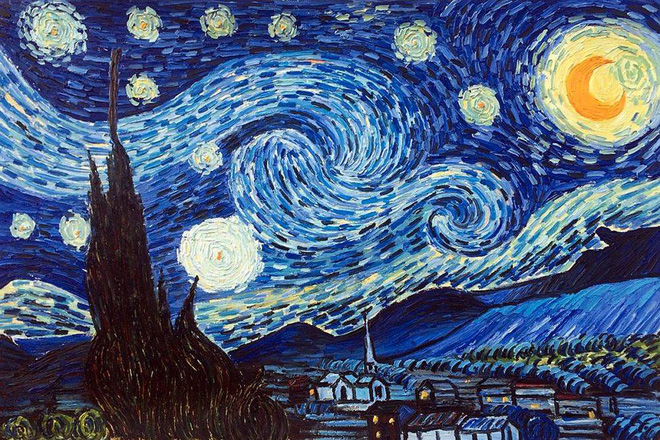
Vincent van Gogh's painting -
Paul Cézanne (19 January 1839 – 22 October 1906) was a Post-Impressionist painter. He is known as a leading Post-Impressionist painter, has left a lasting legacy owing to his innovative approach to perspective, vibrant color palette, and meticulously structured painterly brushstrokes into geometric patterns. In fact, his predilection for dismantling shapes and using bright tones has led to his being referred to as a forerunner of Cubism.
Cézanne is recognized for narrowing the gap between late-nineteenth-century Impressionism and Cubism, a new path of creative inquiry that emerged in the early twentieth century. He created intricate fields by layering color planes and little brushstrokes. Cézanne's careful research of his topics is reflected in the paintings. Cézanne is believed to have been "the father of us all" by both Matisse and Picasso.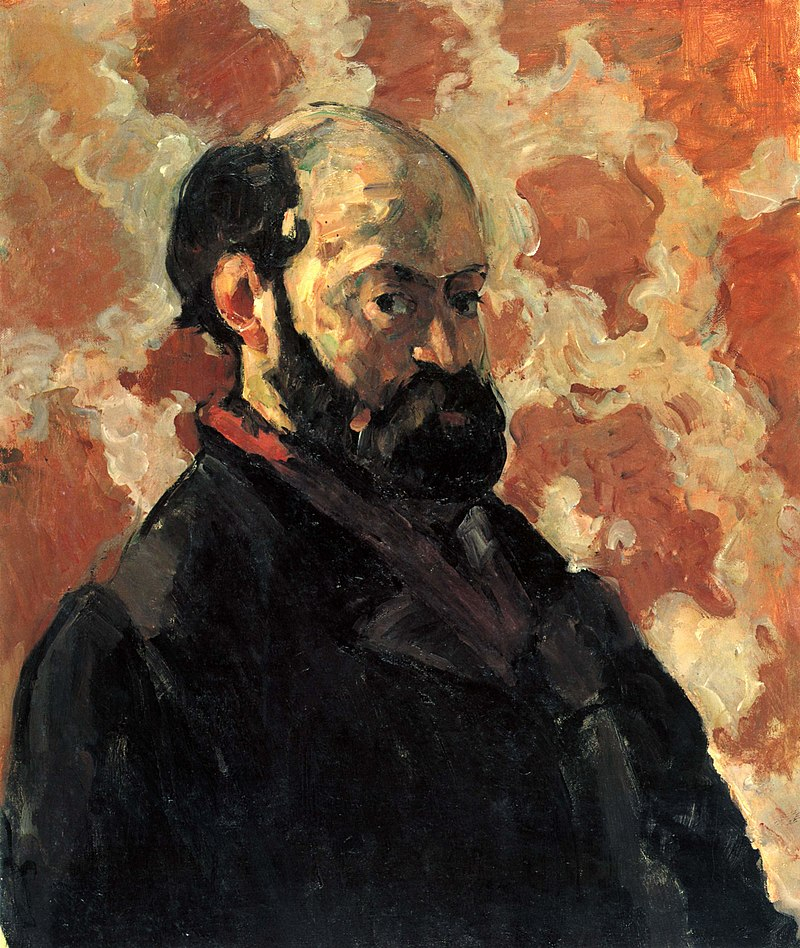
Paul Cézanne 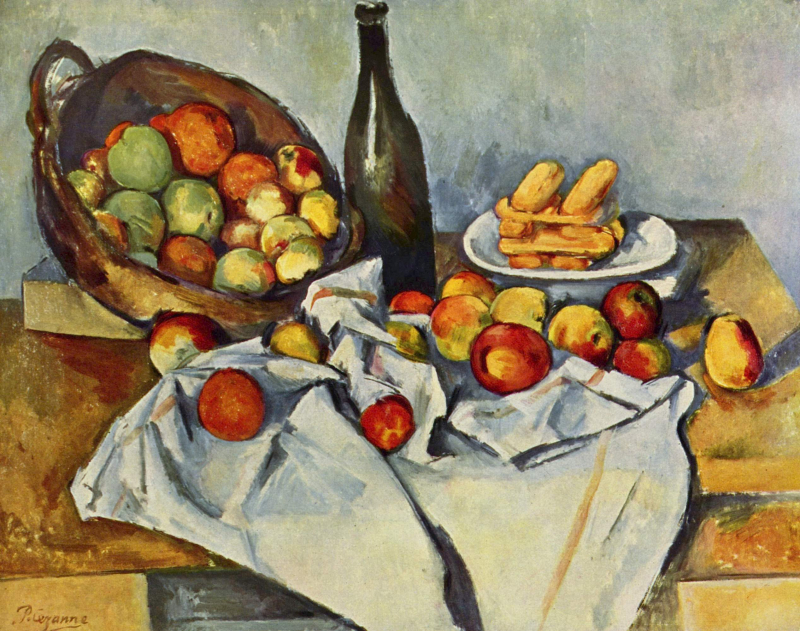
Paul Cézanne's painting -
Oscar-Claude Monet (14 November 1840 – 5 December 1926) was a French painter and the pioneer of impressionist painting. His attempts to represent nature as he saw it is regarded as a significant predecessor to modernism. He was the most consistent and prolific practitioner of impressionism's theory of expressing one's views before nature, especially as applied to plein air (outside) landscape painting, during the span of his lengthy career.
The word "Impressionism" comes from the title of his painting Impression, Soleil levant, which was shown at an 1874 "exhibition of rejects" organized by Monet and his companions as a substitute for the Salon. In fact, his work Impression, Sunrise is regarded as beginning the whole art style, and his water lily series, with over 250 versions, is a part of his enduring legacy.
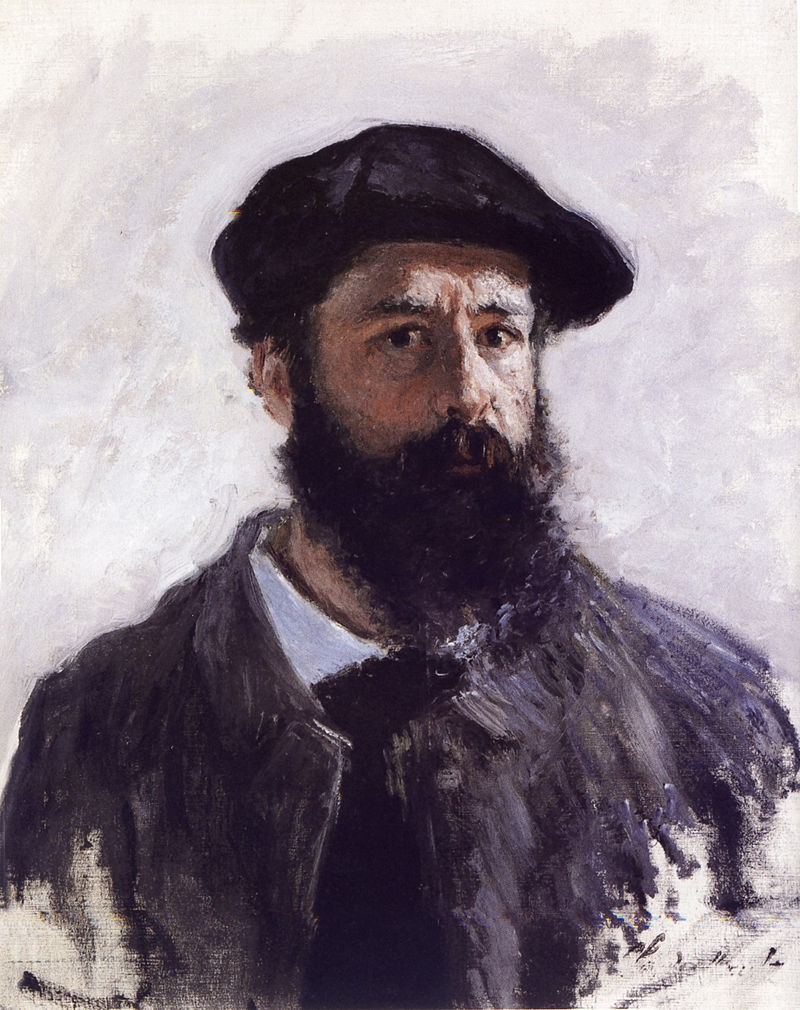
Claude Monet 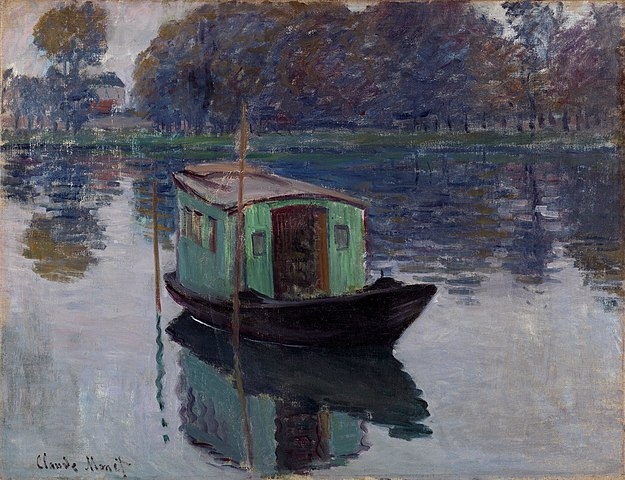
Claude Monet's painting -
Mary Stevenson Cassatt (May 22, 1844, until June 14, 1926) was an American painter and printmaker. Cassatt typically portrayed the social and private lives of women, with a focus on the close relationships that exist between mothers and their children.
Mary Cassatt had an important role in the Impressionist movement's legacy as a member of the group. With her flowing brushstrokes and dazzling colors, the American artist defied expectations, and she is most recognized for her paintings of mothers and children. Her personal portraits of even the most mundane aspects of parenting were groundbreaking at the time, and they served to solidify her reputation and pave the way for subsequent female artists.
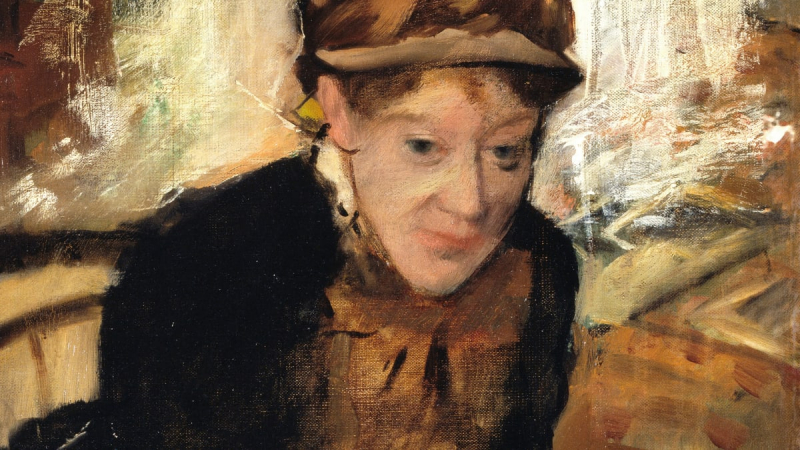
Mary Cassatt 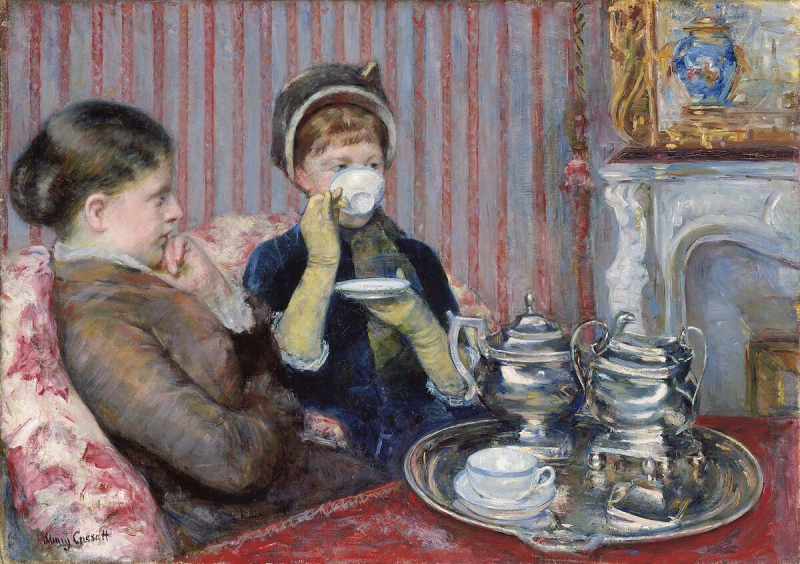
Mary Cassatt's painting -
Tamara Lempicka (16 May 1898 – 18 March 1980), also known as Tamara de Lempicka, was a Polish painter who lived in France and the United States for most of her career. Her polished Art-Deco portraits of nobles and the affluent, as well as her highly stylized paintings of nudes, are among her most well-known works.
Lempicka's style was a mix of late, polished cubism and neoclassicism, with a strong influence from Jean-Dominique Ingres' work. Her work's graphic quality and rich, brilliant colors established her as a forerunner in Art Deco painting, earning her the moniker "The Baroness with a Brush". Today, her work is being used as inspiration by designers and it is typical of the Golden Age.
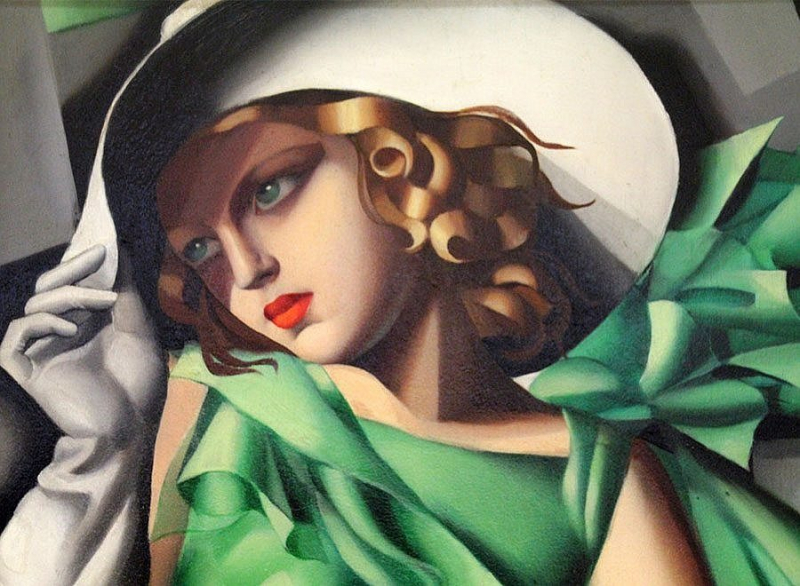
Tamara de Lempicka's painting 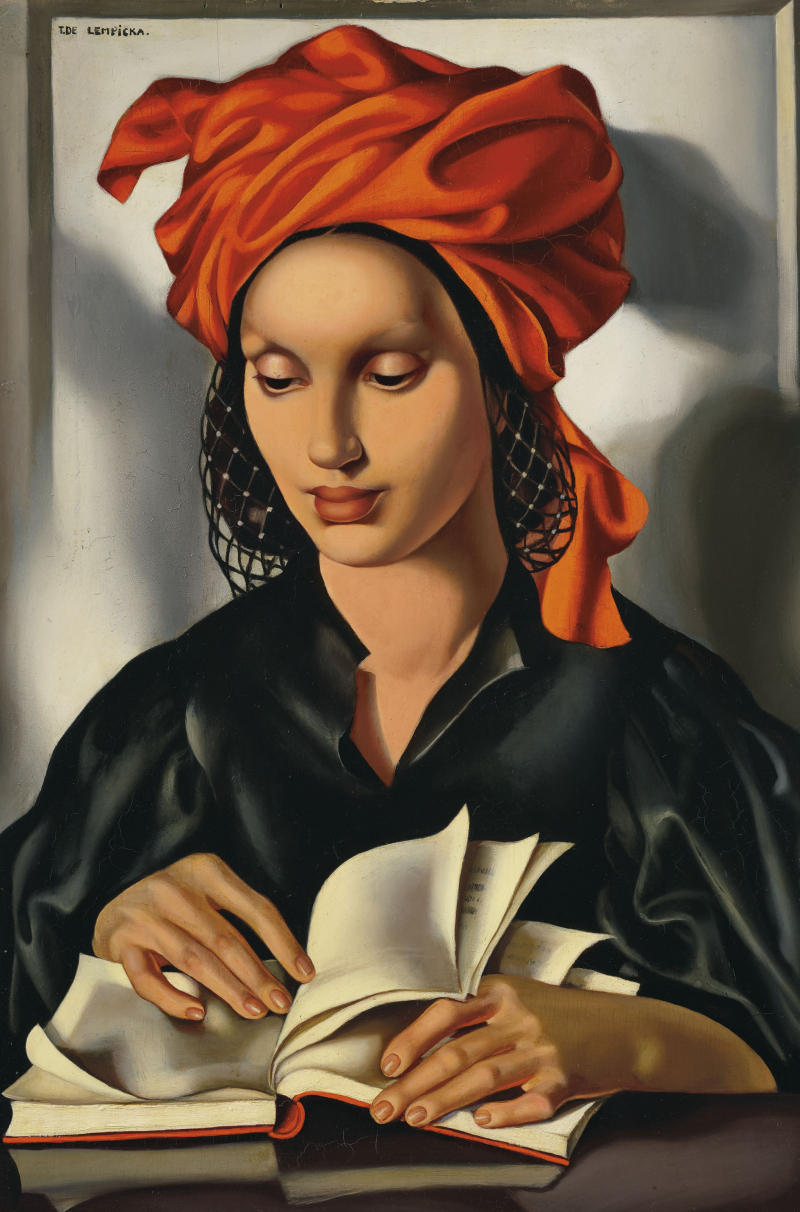
Tamara de Lempicka's painting -
Pablo Ruiz Picasso (25 October 1881 – 8 April 1973) was a Spanish painter, sculptor, printmaker, ceramicist, and theatre designer who lived in France for most of his adult life. He is without a doubt one of the most well-known names in Western art, with an 80-year career that spans several genres and over 20,000 pieces.
Picasso had the exceptional creative ability as a kid, painting in a realistic style throughout his youth and adolescence. His style evolved over the first decade of the twentieth century as he experimented with various theories, techniques, and concepts. Picasso's contribution to the birth of Cubism would be enough to ensure his place in history, but he accomplished so much more. He is known for demonstrating how Classical art can be mastered and then modified into something new, fresh, and contemporary.
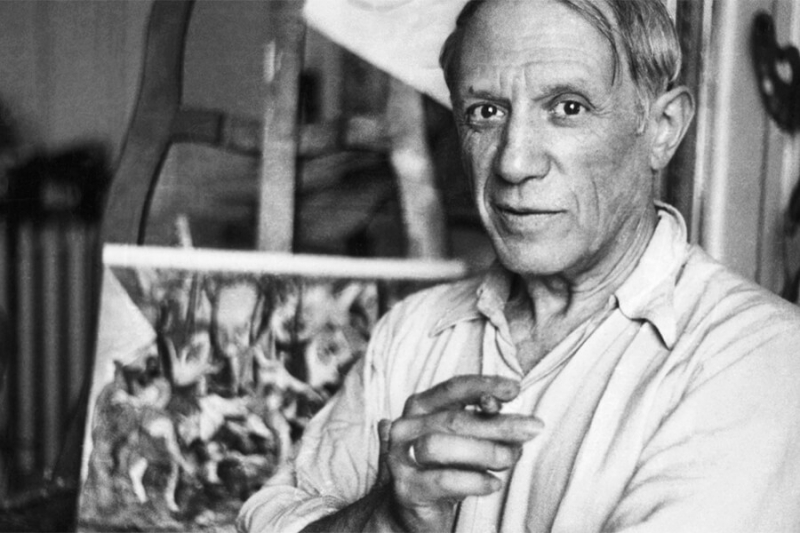
Pablo Picasso 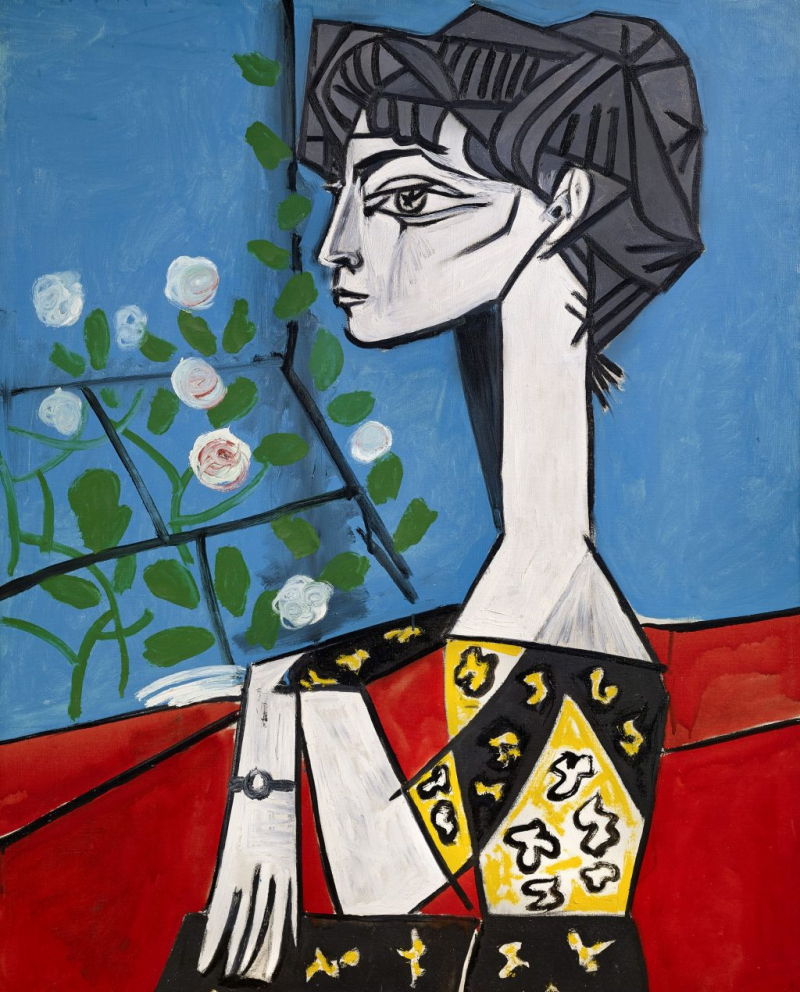
Pablo Picasso's painting -
Magdalena Carmen Frida Kahlo y Calderón (July 6, 1907 – July 13, 1954) was a Mexican painter who is most known for her portraits, self-portraits, and works influenced by Mexican nature and artifacts. She used a naive folk painting style to investigate problems of identity, postcolonialism, gender, class, and race in Mexican society, inspired by the country's popular culture.
Her success as a painter and her inventions in introducing Mexican culture to a larger audience has made her a pop-culture figure, but this should not eclipse her tremendous skill as a painter or her innovations in bringing Mexican culture to a wider audience. Her deeply intimate self-portraits also signal a new approach for modern artists, one in which art was more about expressing inner emotion than impressing a collector or patron.
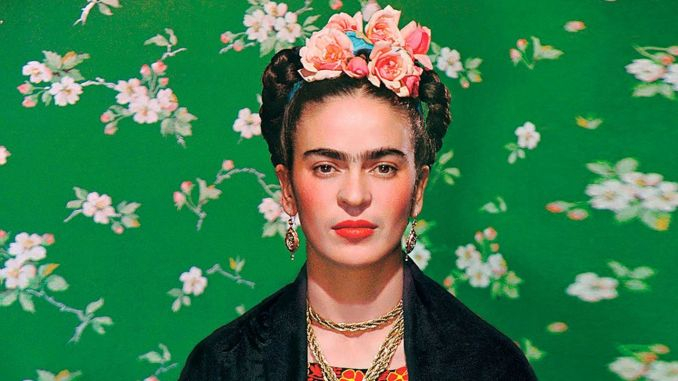
Frida Kahlo 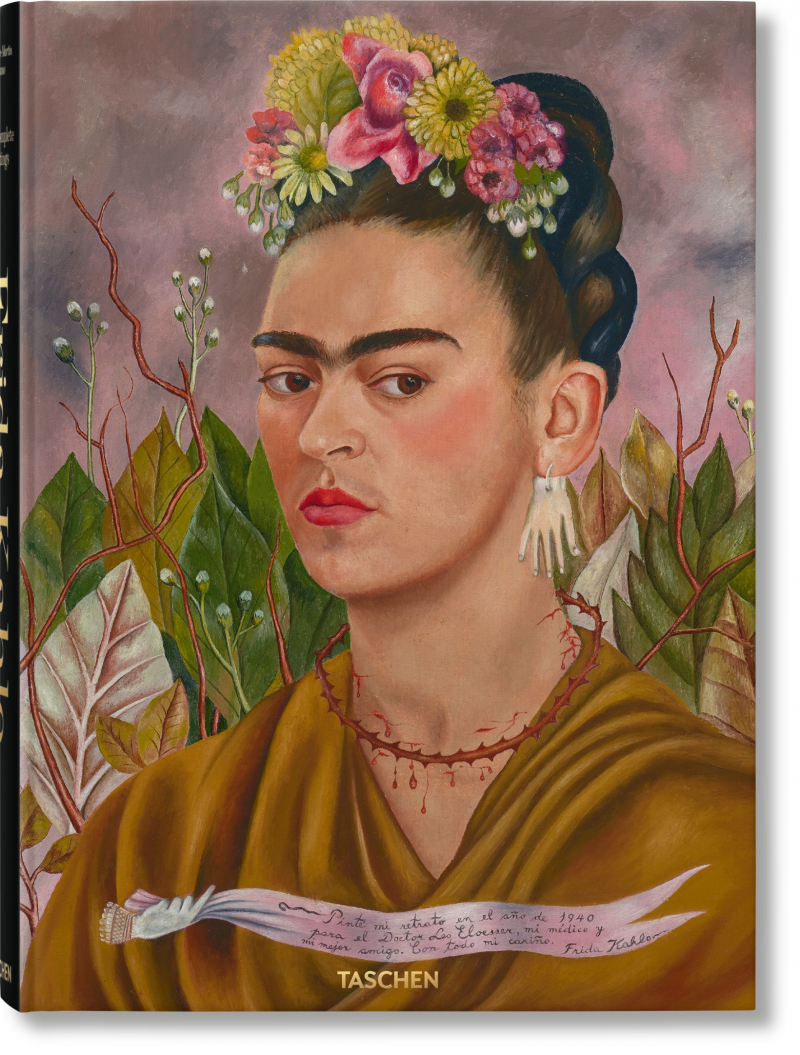
Frida Kahlo's painting -
Georgia Totto O'Keeffe (November 15, 1887, to March 6, 1986) was an American modernist painter, known as "Mother of American modernism". Her paintings are famous for enlarged flowers, New York skyscrapers, and New Mexico landscapes.
Georgia O'Keeffe is a pioneering artist who used her unique vision to flip a traditional form of painting on its head. Although flower painting has been practiced for centuries, no one has ever done it exactly like O'Keeffe. Her zoomed-in images of flowers have remained unique throughout history, as she was one of the first American painters to make abstract drawings. At a period when modern art was mostly centered in New York City, O'Keeffe's spectacular artwork helped attract attention to a new part of the country.
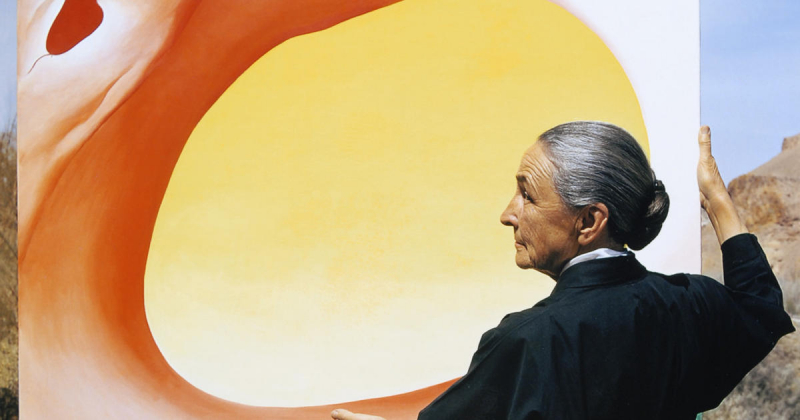
Georgia O'Keeffe 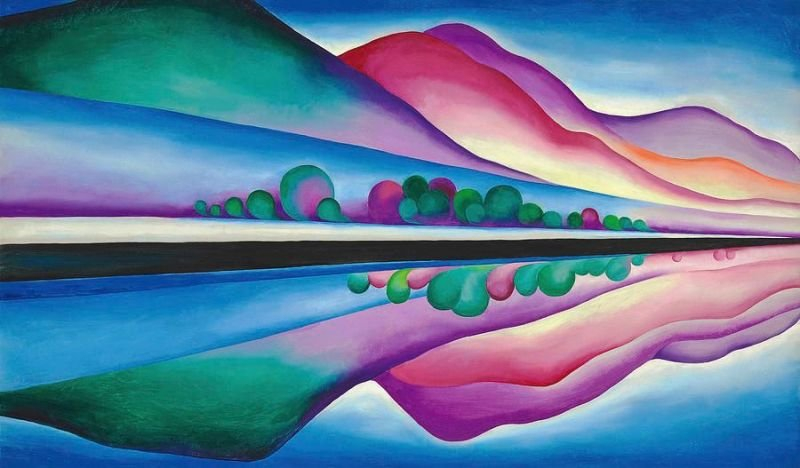
Georgia O'Keeffe's painting -
Paul Jackson Pollock (January 28, 1912 – August 11, 1956) was an expressive expressionist painter. In 1936, Pollock was introduced to the use of liquid paint by Mexican muralist David Alfaro Siqueiros at an experimental workshop in New York City. On canvases from the early 1940s, such as Male and Female and Composition with Pouring I, he utilized paint pouring as one of the numerous methods. He began painting with his canvases lying down on the studio floor after relocating to Springs, New York and established what became known as his "drip" method.
"Drip method", which means he poured or splashed liquid household paint onto a horizontal surface, allowing him to observe and paint his canvases from any angle. Because he covered the entire canvas and painted with the force of his full-body, often in a frantic dance style, it was also known as all-over painting and action painting. His studio has closed him to work, with some works featuring nails or cigarette butts embedded in the pigment.
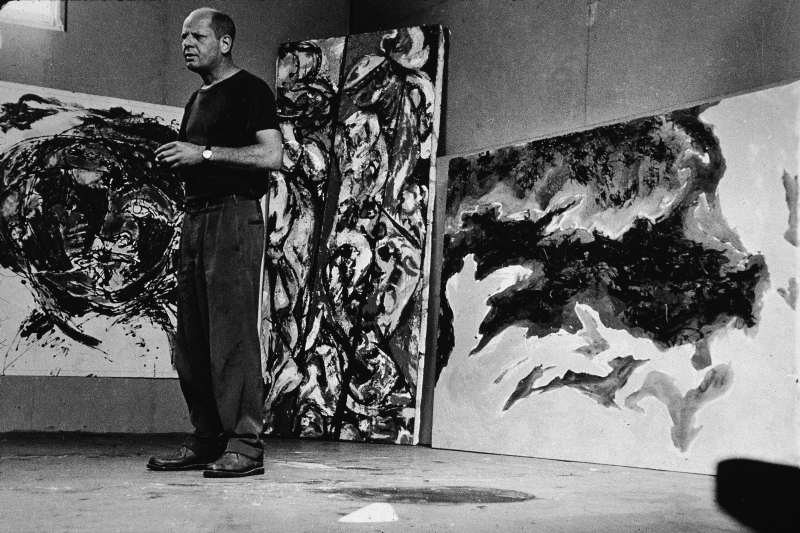
Jackson Pollock 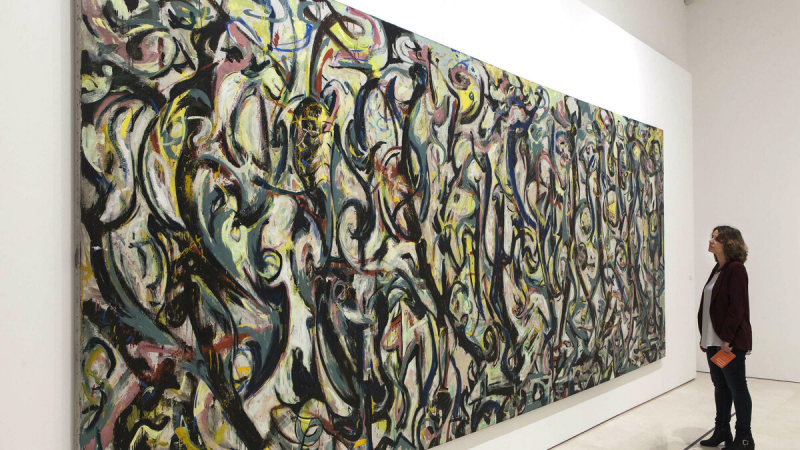
Jackson Pollock's painting -
Michelangelo Merisi (Michele Angelo Merisi or Amerighi) da Caravaggio (28 September 1571 – 18 July 1610) was an Italian painter who worked from the early 1590s until 1610 in Rome, Naples, Malta, and Sicily. Art critics have characterized his works as blending a realistic study of the human condition, both physical and emotional, with a dramatic use of lighting, which influenced Baroque painting.
Caravaggio used tenebrism, or close physical observation combined with a dramatic use of chiaroscuro. He used the technique to transfix figures in dazzling shafts of light and darker shadows, making it a major aesthetic feature. Caravaggio powerfully depicted pivotal events and incidents, which frequently included violent conflict, torture, and death. He worked quickly with live models, eschewing sketching in favor of working straight on the canvas.
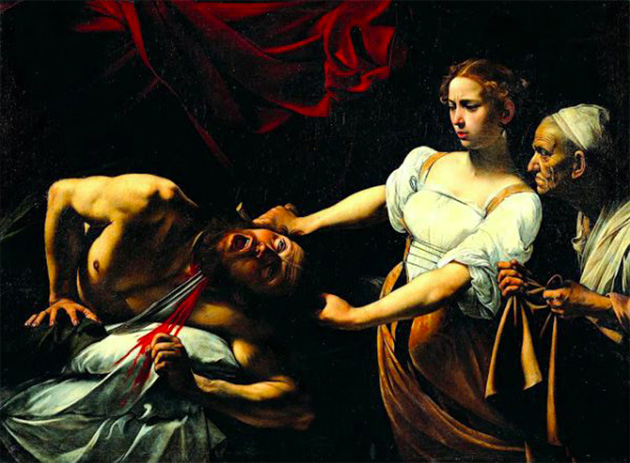
Caravaggio's painting 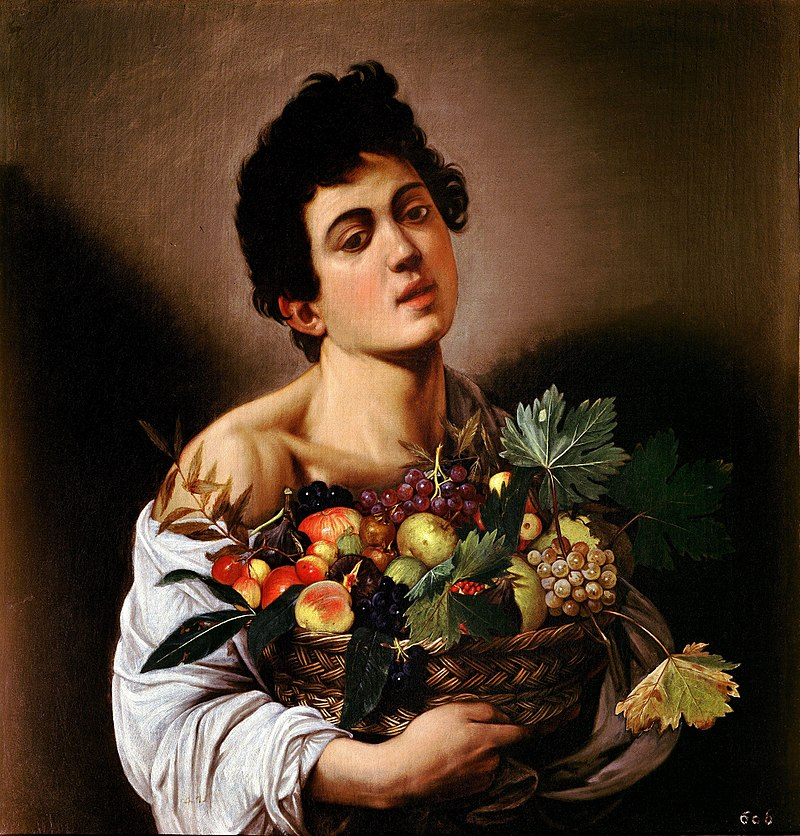
Caravaggio's painting

















